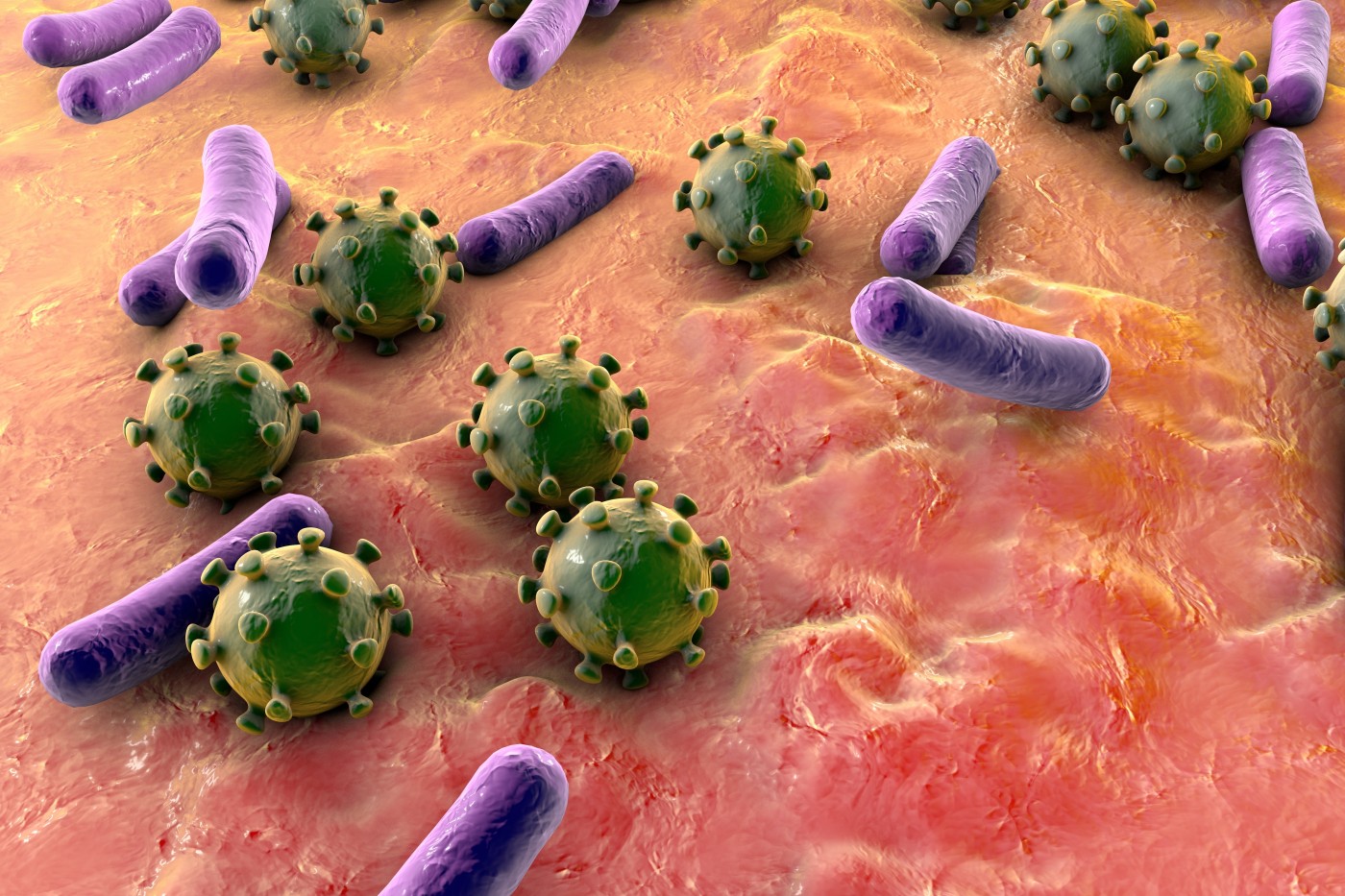Staphilococus aureus (S. aureus) is one of the most common causes of severe secondary bacterial pneumonia in patients with influenza A (a disease triggered by the H1N1 virus). It had been unclear how the presence of the S. aureus bacteria and the influenza virus contributed to the development of pneumonia, but researchers have now proposed a model to explain how this happens. This could pave the way to new treatment options engineered to prevent secondary bacterial infections.
The study, “Host Physiologic Changes Induced by Influenza A Virus Lead to Staphylococcus aureus Biofilm Dispersion and Transition from Asymptomatic Colonization to Invasive Disease,” was published in mBio.
“This study has established a physiologically relevant model, so we can now more carefully evaluate the actual events involved after colonization with S. aureus and identify the primary factors that can lead to secondary bacterial pneumonia,” Anthony Campagnari, PhD, a professor of microbiology/immunology and medicine at the University at Buffalo, New York, and principal investigator of the study, said in a news release.
Researchers have tried to evaluate the effect of S. aureus in the development of pneumonia by injecting the bacteria directly into the lungs of mice, but found that this alone did not cause the onset of the disease.
However, when S.aureus was present in the nasal tissues of the animals and these tissues are subsequently infected by the influenza virus, the bacteria disseminates into the lungs and triggers the development of secondary bacterial pneumonia.
According to Campagnari, “the bacteria only disseminates to the lungs in response to the subsequent viral infection.”
Although the mechanisms involved in the dissemination of these bacteria are not yet clear, the authors think they may be related with some of the physiologic changes occurring in patients infected with the influenza virus, such as fever, release of ATP, glucose, and norepinephrine, given that the combination of these factors in the absence of the virus led to the diffusion of S. aureus from mice nasopharynx to the lungs.
The authors believe the model they developed mimics the natural development of the infection in humans, and that it can now be used to understand this phenomenon, as well as other virus-bacterial interactions.


